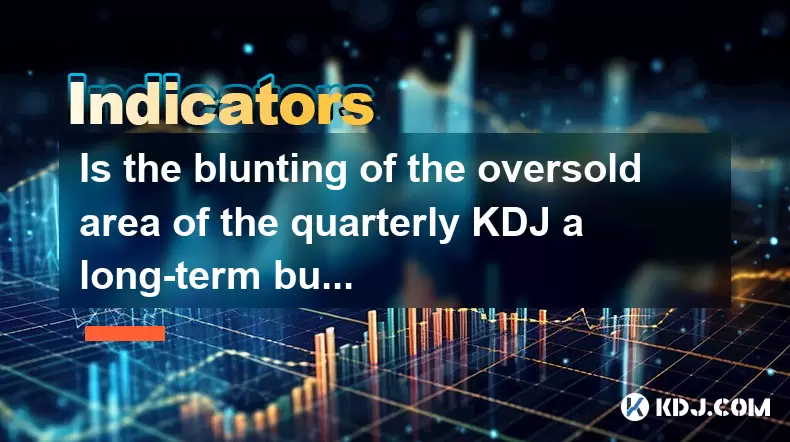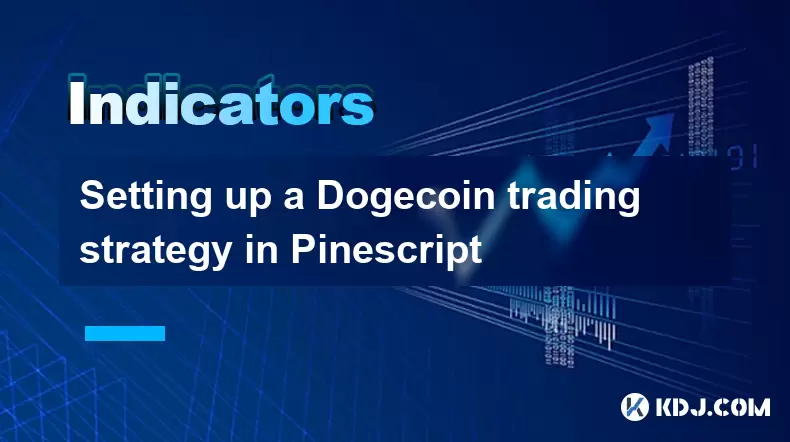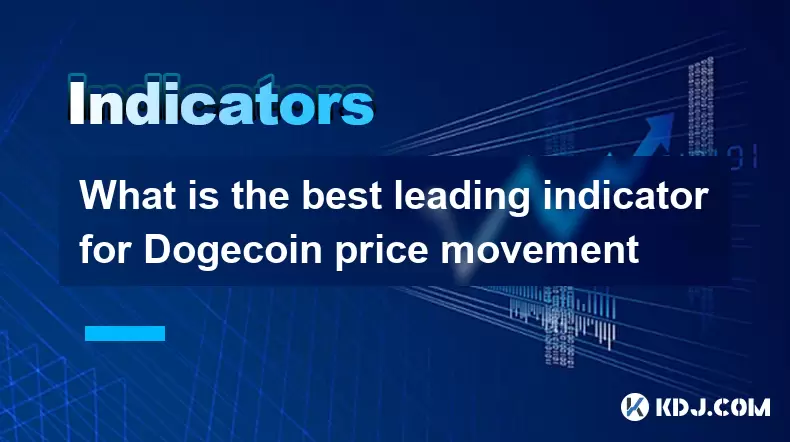-
 Bitcoin
Bitcoin $108,962.3544
0.69% -
 Ethereum
Ethereum $2,563.3189
1.78% -
 Tether USDt
Tether USDt $1.0003
0.00% -
 XRP
XRP $2.2768
2.22% -
 BNB
BNB $661.4562
0.97% -
 Solana
Solana $151.7146
2.47% -
 USDC
USDC $1.0000
0.00% -
 TRON
TRON $0.2847
0.18% -
 Dogecoin
Dogecoin $0.1713
4.43% -
 Cardano
Cardano $0.5848
1.78% -
 Hyperliquid
Hyperliquid $39.5345
-0.06% -
 Sui
Sui $2.9384
1.25% -
 Bitcoin Cash
Bitcoin Cash $492.0864
1.54% -
 Chainlink
Chainlink $13.4271
1.89% -
 UNUS SED LEO
UNUS SED LEO $9.0294
0.07% -
 Avalanche
Avalanche $18.1886
1.61% -
 Stellar
Stellar $0.2430
2.48% -
 Toncoin
Toncoin $2.9054
6.05% -
 Shiba Inu
Shiba Inu $0.0...01186
3.57% -
 Litecoin
Litecoin $88.0187
1.46% -
 Hedera
Hedera $0.1574
1.38% -
 Monero
Monero $315.1335
0.11% -
 Polkadot
Polkadot $3.3994
1.47% -
 Dai
Dai $1.0000
0.00% -
 Ethena USDe
Ethena USDe $1.0002
0.01% -
 Bitget Token
Bitget Token $4.4220
0.86% -
 Uniswap
Uniswap $7.4330
7.03% -
 Pepe
Pepe $0.0...01010
4.10% -
 Aave
Aave $277.8377
2.41% -
 Pi
Pi $0.4572
-0.22%
Is the blunting of the oversold area of the quarterly KDJ a long-term buying point?
The quarterly KDJ indicator, when oversold and blunted, may signal a potential trend reversal, especially when confirmed by volume, moving averages, and on-chain metrics.
Jul 02, 2025 at 03:57 am

Understanding the Quarterly KDJ Indicator
The KDJ indicator, also known as the stochastic oscillator, is a momentum-based technical analysis tool used to identify overbought or oversold conditions in financial markets. It consists of three lines: the %K line (fast stochastic), the %D line (slow stochastic), and the %J line (divergence value). On the quarterly chart, this indicator smooths out price volatility and provides a broader view of long-term trends.
In cryptocurrency trading, especially for major assets like Bitcoin or Ethereum, analyzing the quarterly KDJ can reveal critical turning points that may signal potential reversals. When the KDJ enters an oversold zone, it typically indicates that the asset may be undervalued and could experience a bounce or trend reversal.
What Does It Mean When the Oversold Area Blunts?
Blunting in the oversold area refers to a situation where the KDJ indicator remains at extreme lows for an extended period without bouncing back significantly. This phenomenon suggests weakening bearish pressure and possible exhaustion of selling momentum. However, it does not guarantee an immediate upward move.
In crypto markets, where high volatility is common, a blunted KDJ in the oversold region often reflects market indecision or prolonged consolidation. It’s crucial to analyze this behavior alongside other indicators such as volume patterns, moving averages, and support/resistance levels to confirm whether a sustainable buying opportunity exists.
Historical Patterns on Quarterly Charts
Looking at historical data from major cryptocurrencies like Bitcoin (BTC) and Ethereum (ETH), there have been instances where the quarterly KDJ entered the oversold territory and remained flat before a significant bull run began. For example:
- In late 2018, after a prolonged bear market, the quarterly KDJ for BTC flattened in the oversold range before the 2019 rally.
- Similarly, in early 2020, the same pattern appeared, preceding a substantial upswing later that year.
These examples suggest that while the blunting of the oversold area isn’t a direct buy signal, it often precedes a change in trend when combined with positive macroeconomic or on-chain developments.
Combining KDJ with Other Technical Tools
To increase the reliability of the KDJ signal, traders should incorporate additional tools into their analysis:
- Moving Averages: A crossover of the 50-day moving average above the 200-day moving average (golden cross) can reinforce a bullish outlook.
- Volume Analysis: An uptick in volume during a flattening KDJ phase might indicate accumulation by institutional players.
- On-Chain Metrics: Monitoring metrics like net unrealized profit/loss, exchange inflows/outflows, and whale activity can offer insights into underlying strength.
Using these complementary methods ensures that traders don't rely solely on one indicator and instead build a more robust trading strategy based on confluence.
How to Interpret KDJ Signals on Quarterly Charts Step-by-Step
Interpreting the quarterly KDJ involves a multi-step process to ensure accuracy:
- Identify the KDJ Parameters: The standard setting is usually 9-period lookback, but on quarterly charts, this translates to several years of data. Ensure you’re viewing the correct time frame.
- Locate Oversold Levels: Typically, a reading below 20 is considered oversold. If the KDJ lingers here without reversing, note the duration and depth.
- Observe Divergence: Compare price action with KDJ movement. If prices make new lows but KDJ doesn’t, this could indicate a hidden bullish divergence.
- Monitor Crossovers: Watch for a bullish crossover between the %K and %D lines within the oversold zone. While not always reliable alone, it can act as a trigger for further confirmation.
- Check Volume and Sentiment: Look for increased volume or positive sentiment in news/social media that coincides with KDJ stabilization.
- Wait for Breakout Confirmation: Before entering a trade, wait for a clear breakout above key resistance levels or a retest of previous support turned resistance.
Each step plays a vital role in filtering false signals and improving entry timing in volatile crypto markets.
Risks and Limitations of Relying on KDJ Alone
While the KDJ indicator is valuable, relying solely on it can lead to misinterpretation, especially in markets like crypto where fundamentals and external events heavily influence prices. Some risks include:
- False Signals: During strong downtrends, the KDJ can remain oversold for extended periods without any meaningful rebound.
- Lagging Nature: As a lagging indicator, KDJ reacts to past price movements rather than predicting them.
- Market Manipulation: In low-liquidity environments, large orders can distort price and KDJ readings temporarily.
- Timeframe Mismatch: Short-term traders might misinterpret quarterly signals if they aren’t accustomed to longer-term cycles.
Traders must understand that no single indicator offers foolproof guidance. Combining KDJ with fundamental and on-chain analysis helps mitigate these risks.
Frequently Asked Questions
Q: Can the quarterly KDJ be applied to altcoins as well?
Yes, the quarterly KDJ can be applied to altcoins, though its effectiveness varies depending on liquidity and trading volume. Major altcoins like ETH, SOL, or ADA tend to show clearer patterns due to higher market participation.
Q: How long should the KDJ stay in the oversold zone to be considered a valid signal?
There's no fixed duration, but typically a sustained stay of 3–6 months in the oversold zone increases the probability of a reversal. However, this should be validated with other confirming factors.
Q: What are the best complementary indicators to use with KDJ on quarterly charts?
The Relative Strength Index (RSI) and MACD are commonly used alongside KDJ to confirm momentum shifts. Additionally, on-chain metrics like realized price or supply distribution can provide deeper context.
Q: Should I enter a position immediately if the quarterly KDJ shows signs of blunting?
No, entering prematurely can expose you to continued downside risk. It's safer to wait for a confirmed breakout or a bullish candlestick pattern following the KDJ stabilization.
Disclaimer:info@kdj.com
The information provided is not trading advice. kdj.com does not assume any responsibility for any investments made based on the information provided in this article. Cryptocurrencies are highly volatile and it is highly recommended that you invest with caution after thorough research!
If you believe that the content used on this website infringes your copyright, please contact us immediately (info@kdj.com) and we will delete it promptly.
- Litecoin Breakout Watch: What Traders Need to Know Now
- 2025-07-06 16:50:13
- Bitcoin, Solana, Ethereum: Decoding the Latest Buzz on the Blockchain
- 2025-07-06 16:50:13
- Widnes Resident's 50p Could Be Your Ticket to Easy Street: Rare Coin Mania!
- 2025-07-06 16:55:13
- Bitcoin, Solaris Presale, and Token Rewards: What's the Buzz?
- 2025-07-06 16:55:13
- Ethereum Under Pressure: Price Drop Amid Global Uncertainties
- 2025-07-06 17:00:13
- XRP, SEC Case, and Prosperity: A New Era for XRP Holders?
- 2025-07-06 17:10:13
Related knowledge

How to spot manipulation on the Dogecoin chart
Jul 06,2025 at 12:35pm
Understanding the Basics of Chart ManipulationChart manipulation in the cryptocurrency space, particularly with Dogecoin, refers to artificial price movements caused by coordinated trading activities rather than genuine market demand. These manipulations are often executed by large holders (commonly known as whales) or organized groups aiming to mislead...

What is the significance of a Dogecoin engulfing candle pattern
Jul 06,2025 at 06:36am
Understanding the Engulfing Candle Pattern in CryptocurrencyThe engulfing candle pattern is a significant technical analysis tool used by traders to identify potential trend reversals in financial markets, including cryptocurrencies like Dogecoin. This pattern typically consists of two candles: the first one is relatively small and indicates the current...

Dogecoin monthly chart analysis for long term investors
Jul 06,2025 at 10:08am
Understanding the Dogecoin Monthly ChartFor long-term investors, analyzing the monthly chart of Dogecoin (DOGE) provides a macro view of its price behavior over extended periods. The monthly chart captures major trends, key resistance and support levels, and potential reversal zones that are crucial for strategic investment planning. Unlike daily or hou...

How to manage risk using ATR on Dogecoin
Jul 06,2025 at 02:35am
Understanding ATR in Cryptocurrency TradingThe Average True Range (ATR) is a technical indicator used to measure market volatility. Originally developed for commodities, it has found widespread use in cryptocurrency trading due to the high volatility inherent in digital assets like Dogecoin (DOGE). The ATR calculates the average range of price movement ...

Setting up a Dogecoin trading strategy in Pinescript
Jul 06,2025 at 05:00pm
Understanding Dogecoin and Its Place in the Cryptocurrency MarketDogecoin (DOGE) is a decentralized, peer-to-peer cryptocurrency that was initially created as a joke but has since gained significant traction in the crypto market. Despite its humorous origins, Dogecoin has been adopted by a large community and supported by notable figures such as Elon Mu...

What is the best leading indicator for Dogecoin price movement
Jul 06,2025 at 06:00pm
Understanding Leading Indicators in CryptocurrencyIn the world of cryptocurrency trading, leading indicators play a crucial role in forecasting price movements before they occur. These tools are used by traders to anticipate potential market changes and make informed decisions. For Dogecoin (DOGE), which is known for its volatile nature and strong commu...

How to spot manipulation on the Dogecoin chart
Jul 06,2025 at 12:35pm
Understanding the Basics of Chart ManipulationChart manipulation in the cryptocurrency space, particularly with Dogecoin, refers to artificial price movements caused by coordinated trading activities rather than genuine market demand. These manipulations are often executed by large holders (commonly known as whales) or organized groups aiming to mislead...

What is the significance of a Dogecoin engulfing candle pattern
Jul 06,2025 at 06:36am
Understanding the Engulfing Candle Pattern in CryptocurrencyThe engulfing candle pattern is a significant technical analysis tool used by traders to identify potential trend reversals in financial markets, including cryptocurrencies like Dogecoin. This pattern typically consists of two candles: the first one is relatively small and indicates the current...

Dogecoin monthly chart analysis for long term investors
Jul 06,2025 at 10:08am
Understanding the Dogecoin Monthly ChartFor long-term investors, analyzing the monthly chart of Dogecoin (DOGE) provides a macro view of its price behavior over extended periods. The monthly chart captures major trends, key resistance and support levels, and potential reversal zones that are crucial for strategic investment planning. Unlike daily or hou...

How to manage risk using ATR on Dogecoin
Jul 06,2025 at 02:35am
Understanding ATR in Cryptocurrency TradingThe Average True Range (ATR) is a technical indicator used to measure market volatility. Originally developed for commodities, it has found widespread use in cryptocurrency trading due to the high volatility inherent in digital assets like Dogecoin (DOGE). The ATR calculates the average range of price movement ...

Setting up a Dogecoin trading strategy in Pinescript
Jul 06,2025 at 05:00pm
Understanding Dogecoin and Its Place in the Cryptocurrency MarketDogecoin (DOGE) is a decentralized, peer-to-peer cryptocurrency that was initially created as a joke but has since gained significant traction in the crypto market. Despite its humorous origins, Dogecoin has been adopted by a large community and supported by notable figures such as Elon Mu...

What is the best leading indicator for Dogecoin price movement
Jul 06,2025 at 06:00pm
Understanding Leading Indicators in CryptocurrencyIn the world of cryptocurrency trading, leading indicators play a crucial role in forecasting price movements before they occur. These tools are used by traders to anticipate potential market changes and make informed decisions. For Dogecoin (DOGE), which is known for its volatile nature and strong commu...
See all articles

























































































